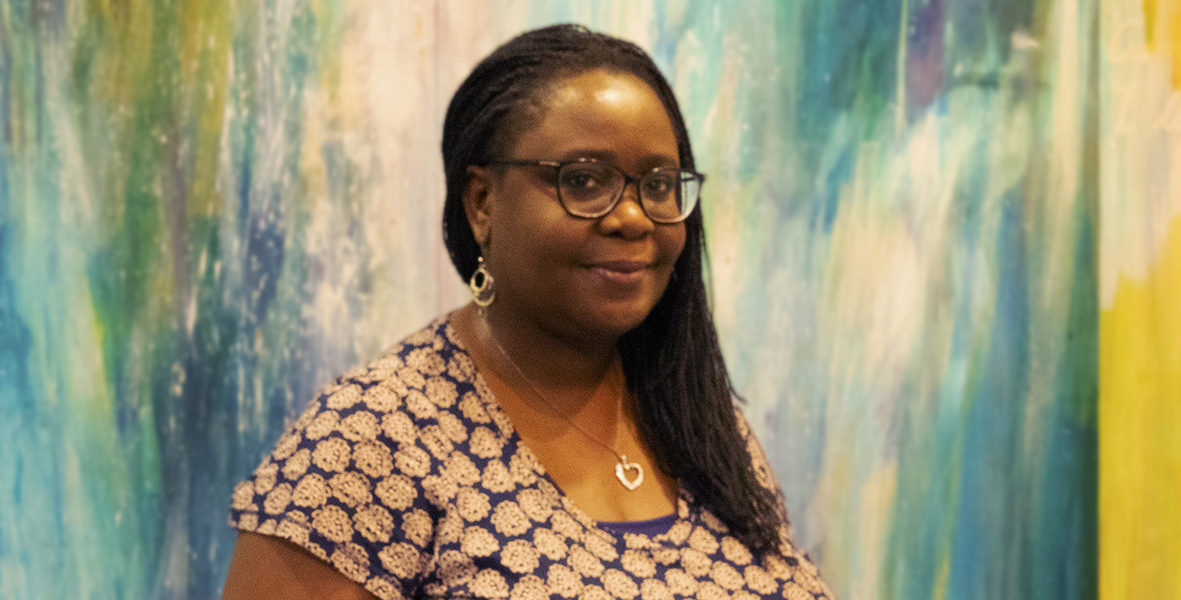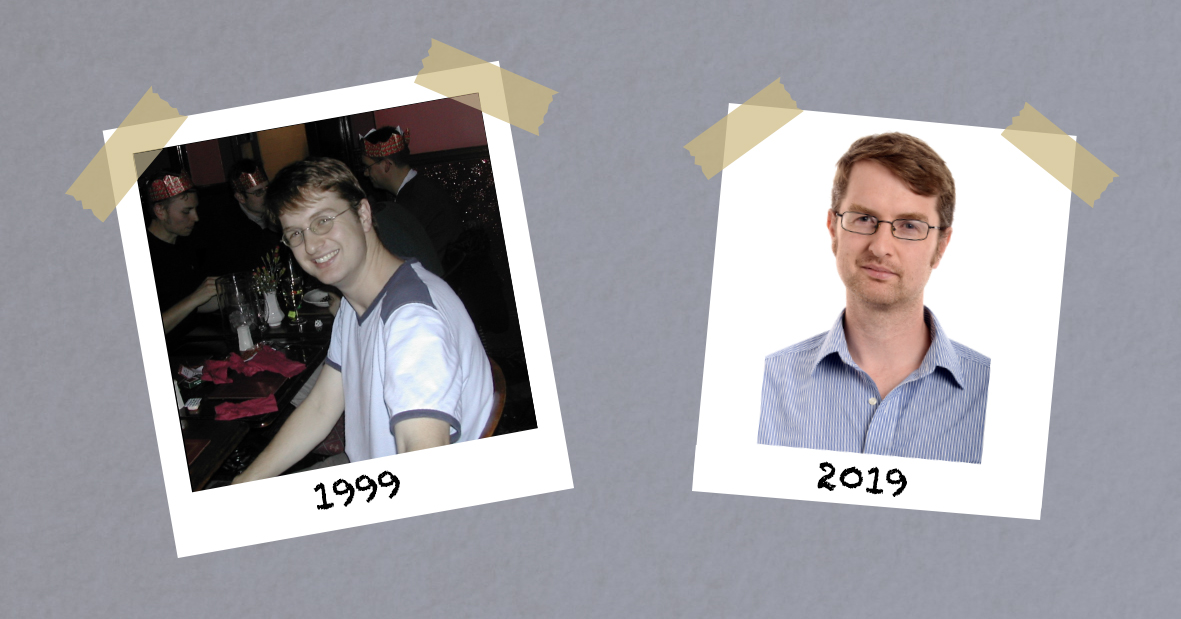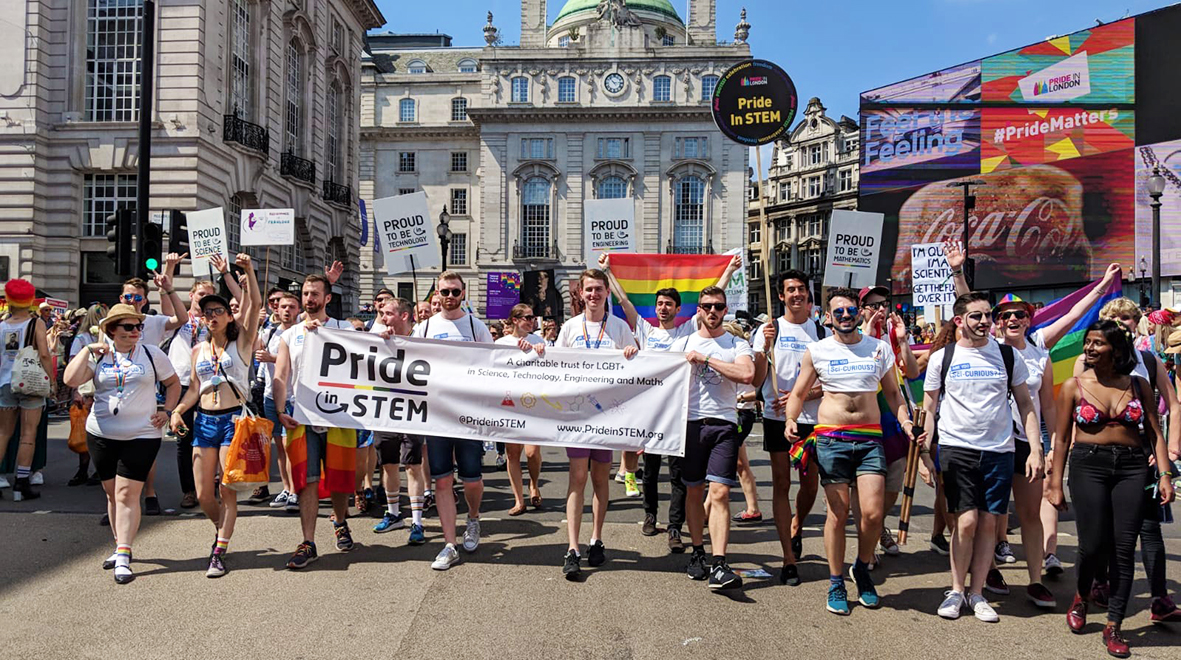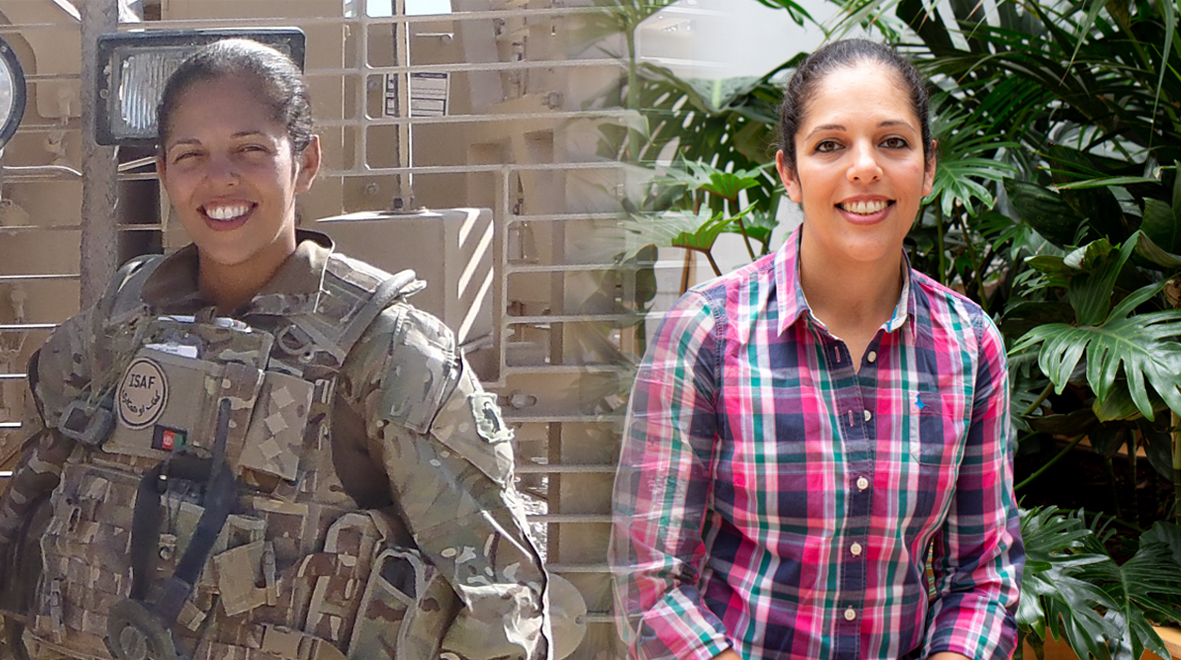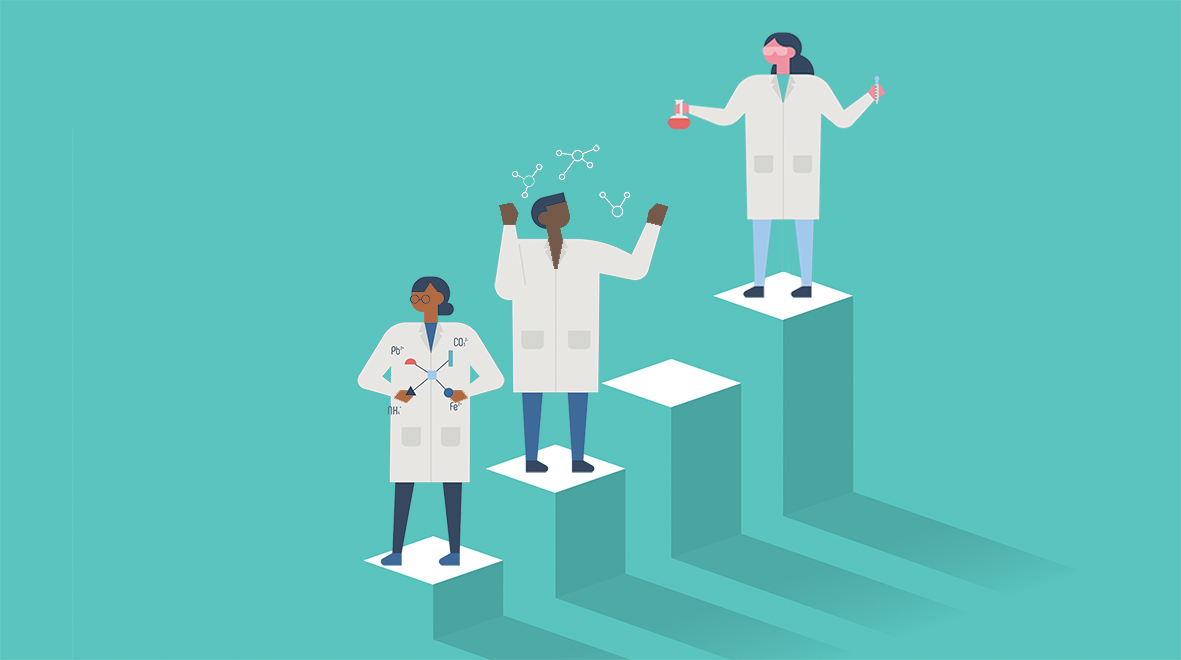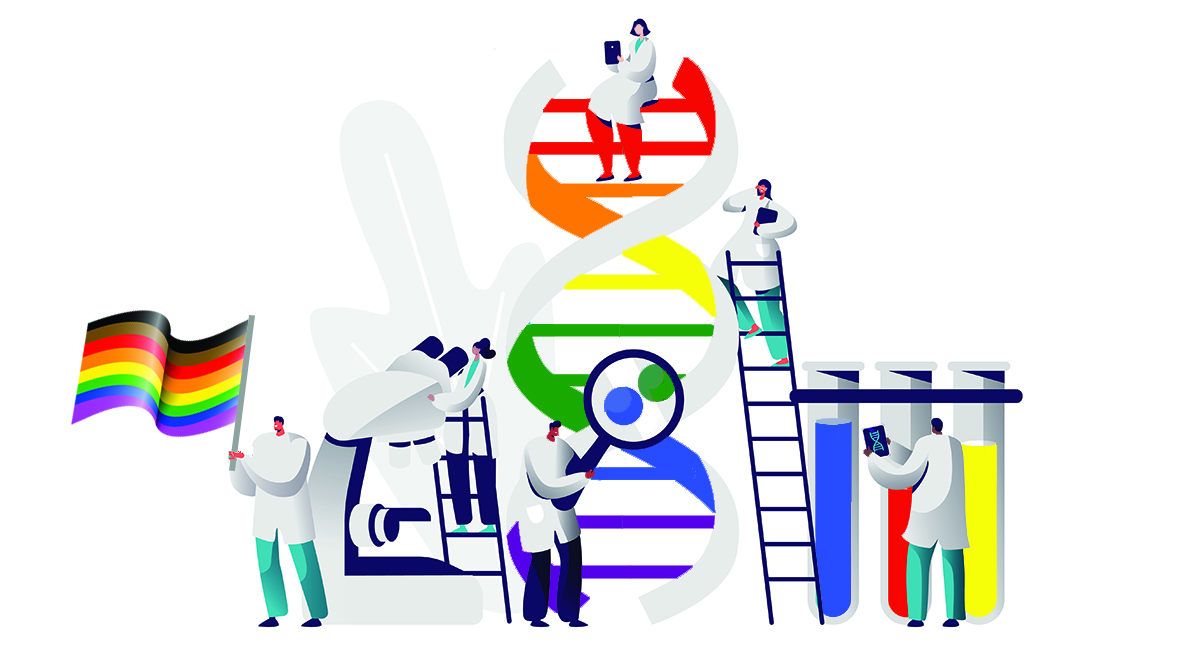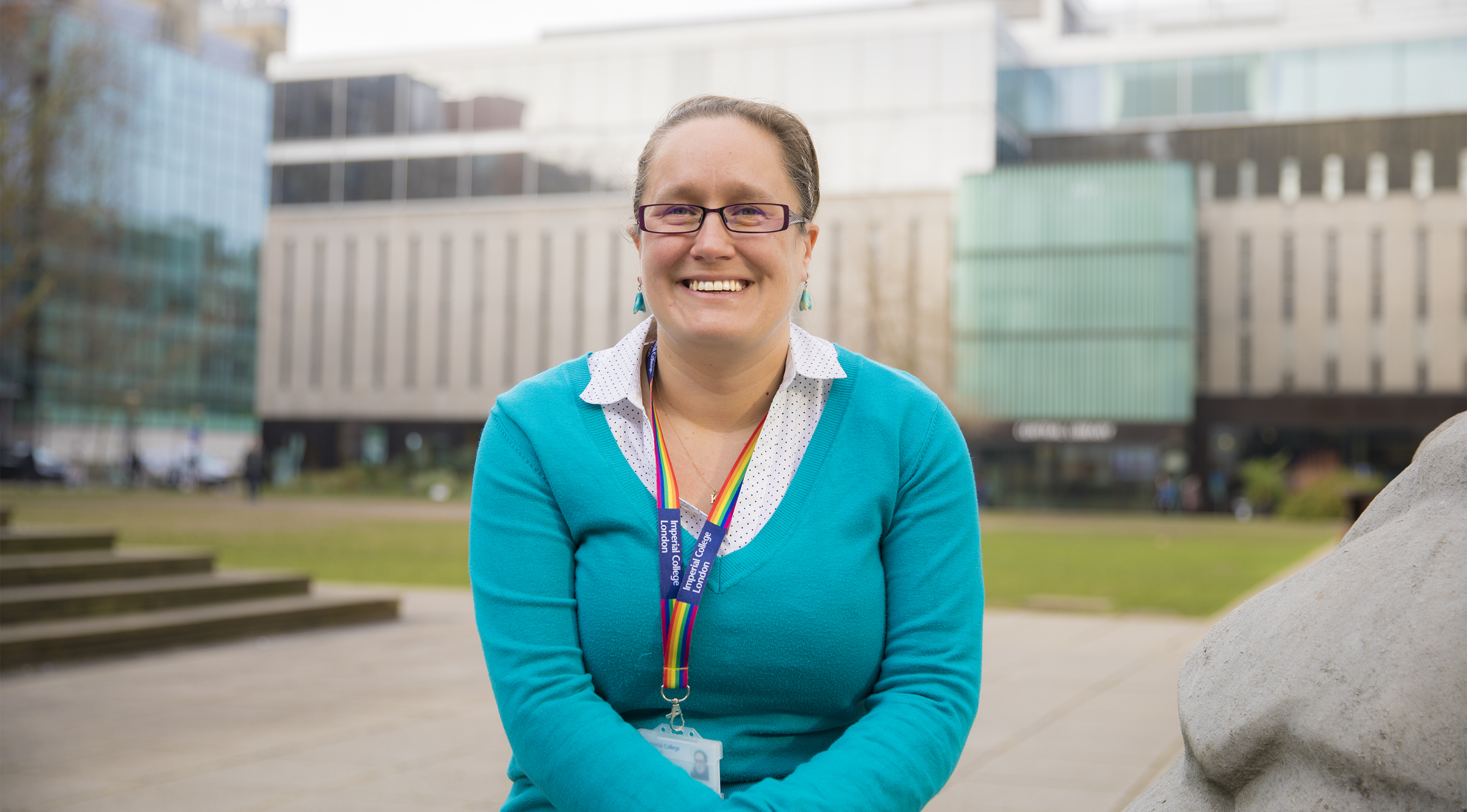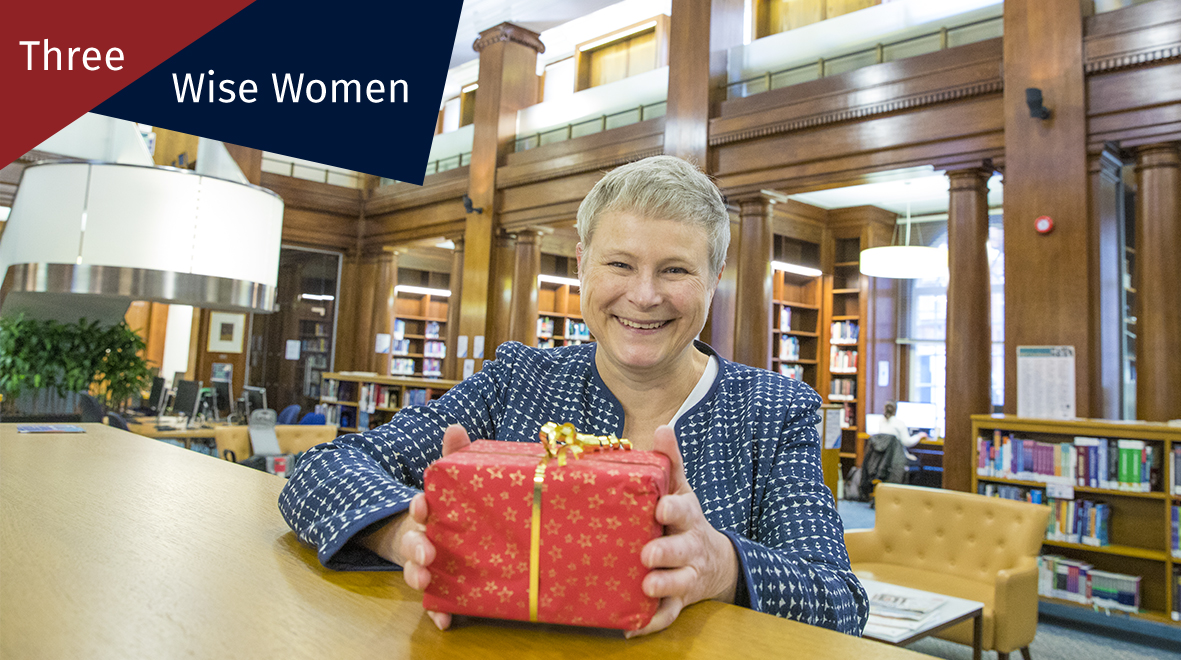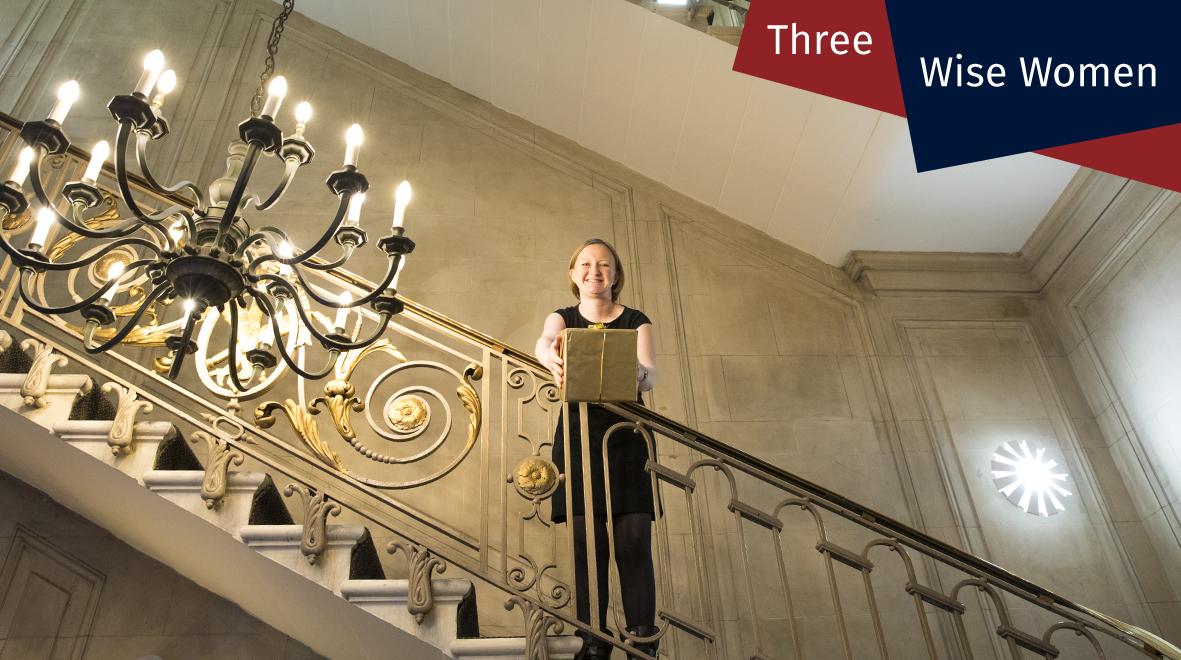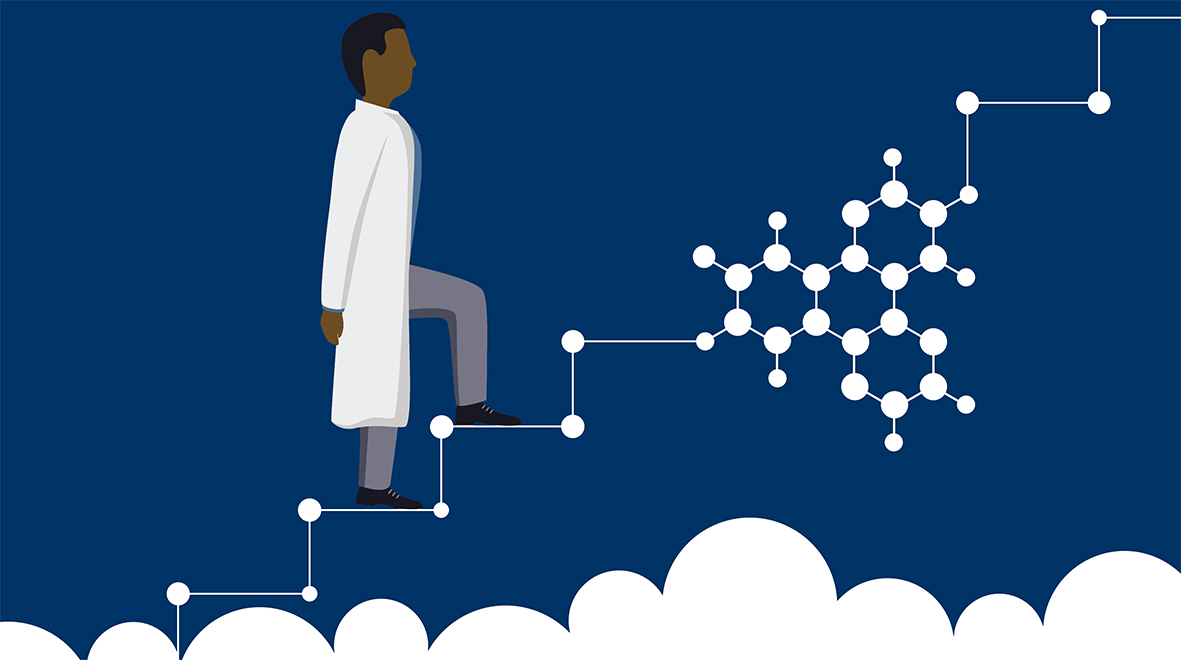
Originally published on the Dementia Researcher Blog, Luke Whiley, an analytical chemist by training, reminds researchers to look out for opportunities in the small stuff. He tells the story of how a relatively small grant has taken him far in his career in dementia research – to the other side of the world in fact!
If you’d told me this time last year that I would be setting up my own research lab the other side of the world, there’s absolutely no way I would have believed you. But it’s true! I’m sitting here writing this looking out on to the Indian Ocean, having just had my first Christmas down under in Perth – even trying to keep up a stereotypical Aussie Christmas with a beer and BBQ on the beach on Christmas day! It is an example of just how far a research career in science can take you.
I have always been interested in science, but back in my school days I had no idea just how many twists and turns my career would take and how many opportunities would present themselves. Sometimes these were big, involved decisions – a move out of or into academia, for example, but sometimes these start pretty small. That’s all my DPUK-funded course was at first – a small opportunity I noticed one day. (more…)
